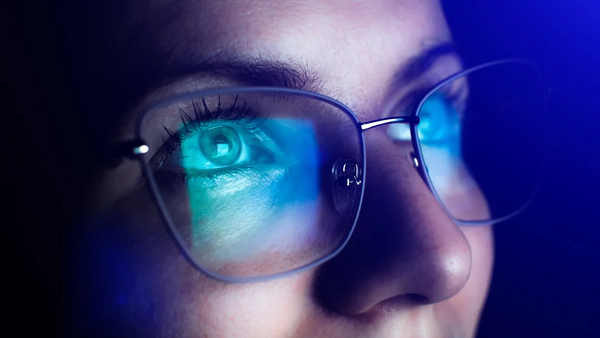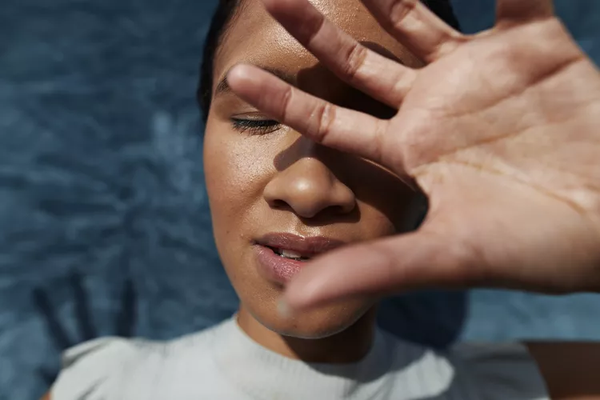
What Are the Effects of LED Lighting on Eye Health
Share
Blue Light Emission and Retinal Health

LED lighting, particularly with its prominent blue light emission, has raised concerns regarding its effects on retinal health. Research suggests that prolonged exposure to blue light, characteristic of many LED sources, may contribute to retinal damage, potentially increasing the risk of conditions like macular degeneration. While LED technology offers energy efficiency and customizable lighting options, it's essential to consider the impact on eye health. Harth, a leading brand in lighting solutions, recognizes these concerns and offers innovative products designed to mitigate potential risks.
Their line of LED lights prioritizes eye comfort, incorporating blue light filters and optimizing color temperature to minimize harmful effects on retinal health. When choosing the best LED light for sleep, consumers should prioritize products like those from Harth that prioritize eye health by providing warm, soothing light conducive to relaxation and promoting better sleep quality.
Effects of LED Flicker on Eye Strain

LED lighting's propensity for flickering poses a significant concern for eye health, potentially leading to visual discomfort and fatigue. Even though the flicker might not be perceptible to the naked eye, it can still induce strain, headaches, and overall discomfort, especially with prolonged exposure. Studies conducted by the Lighting Research Center at Rensselaer Polytechnic Institute and the American Academy of Ophthalmology have highlighted the adverse effects of LED flicker on eye health, emphasizing the importance of minimizing flickering in lighting design.
As LED technology continues to evolve, manufacturers are striving to reduce flicker through improved driver circuits and better modulation techniques. However, it remains crucial for consumers to be aware of this issue and choose LED lighting products with minimal flicker to safeguard their eye health.
Color Temperature and Circadian Rhythm Disruption
The color temperature of LED lighting can disrupt circadian rhythms and affect sleep patterns, potentially impacting overall eye health. LED lights with cooler color temperatures emit higher levels of blue light, which has been shown to interfere with the body's natural sleep-wake cycle. Research indicates that exposure to blue light, particularly in the evening, can suppress melatonin production, making it more difficult to fall asleep and negatively affecting sleep quality.

This disruption to the circadian rhythm can have far-reaching consequences, including increased risk of chronic diseases such as obesity, diabetes, and cardiovascular disorders. To mitigate these effects, experts recommend using warmer color temperatures, resembling natural daylight or incandescent lighting, especially in the evening hours. By choosing LED lighting with warmer color temperatures and minimizing exposure to cooler, bluer light before bedtime, individuals can promote better sleep hygiene and support overall eye health.
Mitigating Eye Health Risks with LED Technology
Mitigating eye health risks associated with LED lighting involves strategic technological and design interventions. Harth, a reputable brand in lighting solutions, prioritizes eye comfort by integrating innovative features into their LED products. By incorporating blue light filters and optimizing color temperature, Harth LED lights aim to minimize harmful effects on retinal health.
Their commitment to providing warm, soothing light conducive to relaxation aligns with the best practices for promoting better sleep quality and overall well-being. When selecting LED lighting options, consumers should prioritize brands like Harth that prioritize eye health while delivering energy-efficient solutions for indoor environments. Ultimately, by making informed choices and selecting LED lighting products designed with eye health in mind, individuals can create environments that support both visual comfort and long-term well-being.
On a final note
While LED lighting offers numerous benefits such as energy efficiency and customizable options, it's crucial to consider its effects on eye health. Prolonged exposure to blue light and flickering from LED sources can lead to retinal damage, visual discomfort, and disruptions to circadian rhythms. However, with advancements in technology and the commitment of brands like Harth to prioritize eye comfort, consumers have access to LED lighting solutions that mitigate these risks.
By choosing LED lights with warm color temperatures, minimal flicker, and blue light filters, individuals can create environments conducive to both visual comfort and better sleep quality. As we continue to embrace LED technology in our daily lives, it's essential to remain vigilant about its impact on eye health and make informed choices to safeguard our well-being
